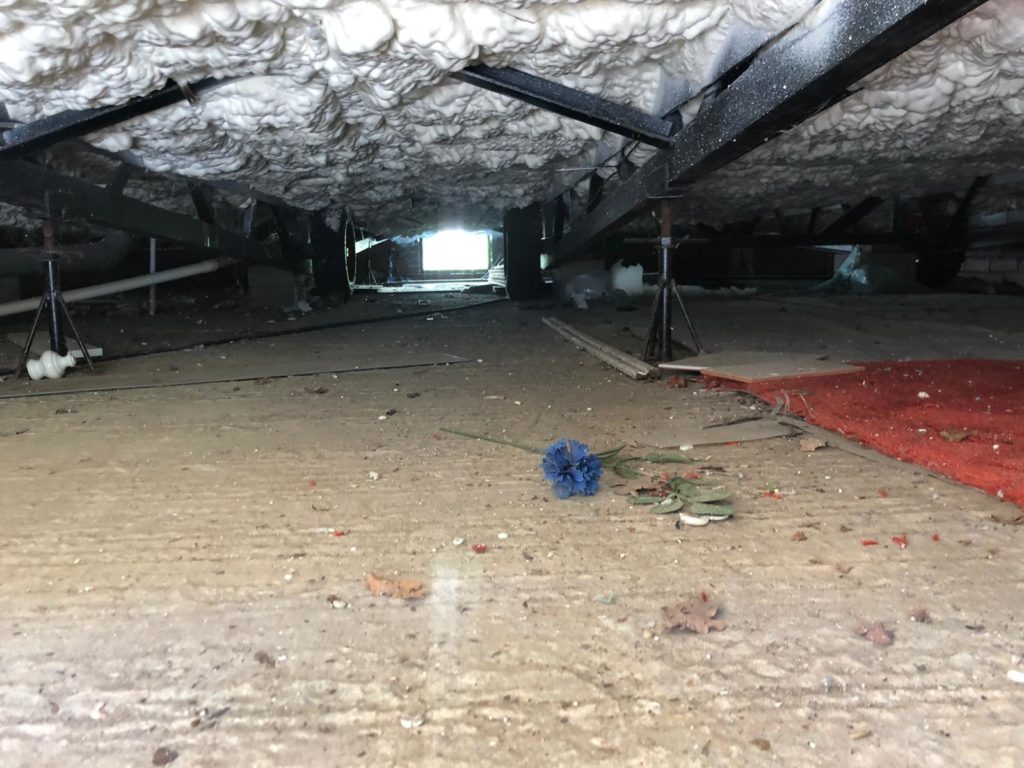

Articles
What Insulation To Use Under Mobile Home
Modified: February 23, 2024
Looking for articles on what insulation to use under your mobile home? Discover the best options and tips to maximize energy efficiency.
(Many of the links in this article redirect to a specific reviewed product. Your purchase of these products through affiliate links helps to generate commission for Storables.com, at no extra cost. Learn more)
Introduction
When it comes to maintaining a comfortable and energy-efficient mobile home, insulation plays a crucial role. Proper insulation helps to regulate the temperature inside the mobile home, preventing heat loss in the winter and heat gain in the summer. It also helps to reduce energy bills and improve overall comfort.
When deciding on the right insulation for your mobile home, there are several factors to consider. Factors such as climate, budget, and personal preference can all influence the type of insulation that will work best for your specific needs. In this article, we will explore the different types of insulation options available for mobile homes and provide guidance on how to choose the most suitable one.
Key Takeaways:
- Choosing the right insulation for your mobile home involves considering factors such as climate, budget, and energy efficiency. Each type of insulation, from fiberglass to reflective, offers unique benefits and varying levels of thermal performance.
- Properly preparing and installing insulation in your mobile home can lead to improved energy efficiency, reduced heating and cooling costs, enhanced comfort, and noise reduction. It’s a wise investment for long-term benefits.
Read more: What Is Blanket Insulation Used For
Factors to Consider when Choosing Insulation
When selecting insulation for your mobile home, there are several important factors to keep in mind. These factors will help you make an informed decision that fits your specific requirements:
- Climate: The climate in which your mobile home is located will greatly influence the type of insulation you should choose. For colder climates, insulation with a higher R-value is recommended to provide better thermal resistance. In warmer climates, insulation that reflects heat may be more beneficial.
- Budget: Consider your budget when selecting insulation. Different types of insulation vary in cost, so it’s essential to determine how much you’re willing to spend. Keep in mind that investing in high-quality insulation can lead to long-term savings on energy bills.
- Energy Efficiency: Look for insulation materials that have high energy efficiency ratings. Insulation with a higher R-value will provide better thermal performance and reduce energy consumption. This can result in lower heating and cooling costs in the long run.
- Moisture Resistance: Mobile homes can be susceptible to moisture issues. Choose insulation that has good moisture resistance to prevent water damage and the growth of mold or mildew.
- Installation Process: Consider the complexity and ease of installation. Some insulation types may require professional installation, while others can be easily installed as a DIY project. Assess your abilities and determine if you need expert assistance for the installation process.
- Sustainability: If environmental impact is a concern for you, look for insulation materials that are eco-friendly and made from recycled or renewable resources.
By considering these factors, you can make an informed decision when choosing insulation for your mobile home. Now, let’s explore the different types of insulation options available.
Types of Insulation Options
There are several types of insulation materials available for mobile homes. Each type has its own unique characteristics and benefits. Here are some popular options to consider:
- Fiberglass Insulation: Fiberglass insulation is one of the most common and cost-effective options. It is made from tiny glass fibers that trap air, providing effective insulation. Fiberglass insulation comes in batts or rolls and can be easily installed in walls, floors, and ceilings. It has good thermal properties and helps to reduce noise transmission.
- Foam Board Insulation: Foam board insulation is a type of rigid insulation that offers high thermal resistance. It is made of various types of plastic or polymer foam and comes in rigid panels that can be easily cut to fit the desired area. Foam board insulation is lightweight, moisture resistant, and can be used in walls, roofs, and floors.
- Reflective Insulation: Reflective insulation is composed of a layer of shiny aluminum foil laminated to a substrate material. It works by reflecting radiant heat away from the living space, making it ideal for hot climates. Reflective insulation can be installed in attics, crawl spaces, and underneath roofs.
- Spray Foam Insulation: Spray foam insulation is a versatile option that provides a seamless and airtight barrier. It is applied as a liquid and expands into a foam that quickly hardens, filling gaps and sealing off the area. Spray foam insulation has excellent insulating properties, offers soundproofing, and can be used in walls, attics, and crawl spaces.
- Mineral Wool Insulation: Mineral wool insulation, also known as rock wool or slag wool, is made from natural minerals such as basalt, diabase, or slag. It is available in batts or loose-fill form and has excellent thermal and acoustic properties. Mineral wool insulation is fire-resistant, rot-resistant, and provides good moisture resistance.
These are just a few examples of the insulation options available for mobile homes. Each type has its own pros and cons, so it’s essential to consider your specific needs and consult with professionals to determine the most suitable choice.
Now that we have explored the different types of insulation, let’s move on to discussing the installation process.
Fiberglass Insulation
Fiberglass insulation is one of the most widely used and popular insulation materials for mobile homes. It is made from tiny glass fibers that are densely packed together, creating a material that effectively traps air and provides excellent thermal insulation.
One of the main advantages of fiberglass insulation is its cost-effectiveness. It is relatively affordable and readily available in the form of batts or rolls. These pre-cut sections can easily be installed in various areas of your mobile home, including walls, floors, and ceilings.
In addition to its affordability, fiberglass insulation also has several other benefits:
- Thermal Performance: Fiberglass insulation has good thermal properties, helping to regulate the temperature inside your mobile home. It reduces heat transfer, keeping the interior cool in the summer and warm in the winter.
- Noise Reduction: Fiberglass insulation can also help to reduce noise transmission, creating a more peaceful and quiet environment inside your mobile home.
- Fire Resistance: Fiberglass insulation is non-combustible and provides a measure of fire resistance, enhancing the safety of your mobile home.
- Moisture Resistance: While fiberglass insulation does absorb some moisture, it dries out quickly and is not prone to mold or mildew growth. However, it is important to ensure proper installation and moisture control to prevent any potential issues.
- Ease of Installation: Installing fiberglass insulation is relatively straightforward and can be done as a do-it-yourself project. The insulation comes in standard sizes that can be easily cut to fit the desired area.
However, it is essential to note that fiberglass insulation requires careful handling. The glass fibers can cause skin irritation and respiratory issues if not handled properly. It is recommended to wear protective clothing, goggles, and a mask when installing fiberglass insulation.
Overall, fiberglass insulation is a cost-effective and efficient option for insulating your mobile home. It provides good thermal performance, noise reduction, fire resistance, and ease of installation. Consult with professionals to determine the appropriate thickness and R-value for your specific insulation needs.
Now that we have explored fiberglass insulation, let’s move on to discussing foam board insulation as another option for mobile homes.
Foam Board Insulation
Foam board insulation is a type of rigid insulation that is widely used in mobile homes. It is made from various types of plastic or polymer foam, such as polystyrene or polyisocyanurate, which are formed into rigid panels. Foam board insulation offers excellent thermal resistance and can be easily cut to fit the desired area.
One of the main advantages of foam board insulation is its high thermal performance. It provides a continuous layer of insulation that helps to prevent heat transfer through walls, roofs, and floors. This can significantly improve the energy efficiency of your mobile home and reduce heating and cooling costs.
Here are some key benefits of foam board insulation:
- High R-Value: Foam board insulation has a relatively high R-value, which is a measure of its thermal resistance. This means that it provides efficient insulation and helps to maintain a comfortable indoor temperature.
- Moisture Resistance: Foam board insulation is moisture resistant and does not absorb water, making it a suitable choice for areas prone to high humidity or moisture. It also helps to prevent the growth of mold and mildew.
- Rigid Structure: The rigid nature of foam board insulation makes it easy to handle and install. The panels can be cut to fit around obstacles, ensuring a snug fit and maximum insulation efficiency.
- Lightweight: Foam board insulation is lightweight compared to other types of insulation, making it easier to handle and install without additional support.
- Versatility: Foam board insulation can be used in various areas of your mobile home, including walls, roofs, and floors. It can be installed either on the exterior or interior surface, depending on your specific requirements.
However, it is important to note that foam board insulation may require the use of a vapor barrier to prevent the movement of moisture through the walls. Additionally, proper installation is crucial to ensure a continuous insulation barrier and effectively seal all joints and edges.
Overall, foam board insulation is a versatile and effective option for insulating your mobile home. It provides high thermal performance, moisture resistance, and ease of installation. Consult with professionals to determine the appropriate thickness and type of foam board insulation for your specific insulation needs.
Now that we have explored foam board insulation, let’s move on to discussing reflective insulation as another option for mobile homes.
Read more: What Is Reflective Insulation Used For
Reflective Insulation
Reflective insulation is an innovative type of insulation that uses a reflective surface to redirect radiant heat away from the living space. It is commonly used in mobile homes to help keep the interior cool in hot climates by minimizing heat gain.
Reflective insulation consists of a layer of shiny aluminum foil that is laminated to a substrate material, such as plastic or kraft paper. This reflective layer reflects radiant heat, preventing it from entering the mobile home. It can be installed in various areas, including attics, crawl spaces, and underneath roofs.
Here are some key benefits of reflective insulation:
- Heat Reflection: Reflective insulation effectively reflects radiant heat, reducing the amount of heat that enters the mobile home. This helps to keep the interior cooler and more comfortable, especially in hot climates.
- Energy Efficiency: By reducing heat gain, reflective insulation can help to lower cooling costs during the summer. It creates a more energy-efficient environment, reducing the need for excessive air conditioning.
- Easy Installation: Reflective insulation is typically lightweight and easy to install. It can be stapled or glued to the desired area without special tools or expertise.
- Moisture Resistance: Some types of reflective insulation also have built-in vapor barriers, providing an additional layer of protection against moisture and condensation.
- Durability: Reflective insulation is known for its durability and longevity. It does not degrade over time and can provide long-lasting insulation benefits.
- Noise Reduction: While not a primary function, reflective insulation can also help to reduce noise transmission by acting as a barrier to sound waves.
It’s important to note that reflective insulation primarily works by preventing heat gain through radiant heat transfer. In regions with colder climates, reflective insulation may not provide effective insulation against heat loss during the winter. In those cases, a combination of reflective insulation with other insulation materials, such as fiberglass or foam board, may be necessary.
Consult with professionals to determine the best application and installation method for reflective insulation in your mobile home. They can assess your specific needs and recommend the appropriate type and thickness of reflective insulation for optimal results.
Now that we have discussed reflective insulation, let’s move on to spray foam insulation as another option for mobile homes.
Spray Foam Insulation
Spray foam insulation is a versatile and effective option for insulating mobile homes. It is a type of insulation that is applied as a liquid and expands into a foam, creating a seamless and airtight barrier. Spray foam insulation provides exceptional thermal insulation properties and offers a wide range of benefits.
One of the main advantages of spray foam insulation is its ability to conform to irregular shapes and fill small gaps and cracks. This ensures a tight and complete seal, preventing air leakage and heat transfer. Here are some key benefits of spray foam insulation:
- Superior Insulation: Spray foam insulation has excellent thermal resistance properties, providing optimal insulation and energy efficiency. It helps to maintain a consistent temperature inside the mobile home, reducing heating and cooling costs.
- Airtight Seal: Due to its expanding nature, spray foam insulation fills all gaps and crevices, creating an airtight seal. This helps to prevent drafts, minimize air leakage, and improve indoor air quality.
- Noise Reduction: Spray foam insulation has sound dampening properties, reducing noise transmission from outside. This can greatly enhance the comfort and privacy within your mobile home.
- Moisture Resistance: Closed-cell spray foam insulation is resistant to moisture, preventing the accumulation of water vapor within the walls. This helps to mitigate the risk of mold and mildew growth, as well as potential water damage.
- Longevity: Spray foam insulation is highly durable and can last for a long time without deteriorating. It does not sag, settle, or shrink over time, ensuring long-lasting insulation performance.
- Improved Structural Integrity: The rigid nature of spray foam insulation can add strength and stability to the structure of your mobile home. It can help to reinforce weak areas and provide additional support.
It is important to note that spray foam insulation should be installed by professionals due to its specialized application process. They will use specialized equipment to spray the foam onto the desired areas, ensuring proper coverage and adhesion.
Before considering spray foam insulation, it is essential to assess the specific needs of your mobile home and consult with professionals. They can evaluate your home’s unique characteristics and recommend the appropriate type and thickness of spray foam insulation for optimal results.
Now that we have discussed spray foam insulation, let’s move on to mineral wool insulation as another option for mobile homes.
Mineral Wool Insulation
Mineral wool insulation, also known as rock wool or slag wool, is a versatile and effective option for insulating mobile homes. It is made from natural minerals like basalt, diabase, or slag, which are melted and spun into fibers. These fibers are then bonded together to create insulation material in the form of batts or loose-fill.
Mineral wool insulation offers several benefits that make it a popular choice for mobile homes:
- Thermal Performance: Mineral wool has excellent thermal properties, providing efficient insulation and helping to maintain a comfortable indoor temperature. It helps to reduce heat transfer, keeping the mobile home warm in the winter and cool in the summer.
- Acoustic Performance: Mineral wool insulation is known for its sound-absorbing qualities, reducing noise transmission in and out of your mobile home. It creates a quieter and more peaceful living environment.
- Fire Resistance: Mineral wool is fire-resistant and can act as a barrier against the spread of flames. It can help to enhance the safety of your mobile home and provide peace of mind.
- Moisture Resistance: Mineral wool insulation is inherently moisture-resistant. It does not absorb water and provides a degree of protection against moisture-related issues, such as mold and mildew growth.
- Durable and Long-Lasting: Mineral wool insulation is known for its durability and longevity. It does not degrade or settle over time, ensuring consistent insulation performance for years to come.
- Eco-Friendly: Mineral wool insulation is made from natural minerals and is a sustainable choice. It is often made from recycled materials and can contribute to reducing environmental impact.
Mineral wool insulation is available in batts or loose-fill form. Batts are pre-cut sections that can be easily installed in walls, floors, and ceilings, while loose-fill is used for attics or areas where it is difficult to place batts. It is important to ensure proper installation and coverage to maximize the insulation’s effectiveness.
When considering mineral wool insulation for your mobile home, consult with professionals to determine the appropriate thickness and R-value for optimal insulation performance. They can assess your specific needs and provide guidance on installation techniques.
Now that we have explored mineral wool insulation, let’s move on to discussing the insulation installation process for mobile homes.
Insulation Installation Process
The installation of insulation in a mobile home is a crucial step in ensuring optimal thermal performance and energy efficiency. While the specific installation process may vary depending on the type of insulation chosen, here is a general outline of the steps involved:
Read more: What Is R-7 Insulation Used For
1. Preparing the Mobile Home
Prior to installing insulation, it is important to prepare the mobile home by clearing the area and ensuring it is clean and free of debris. This involves removing any existing insulation, if necessary, and making any necessary repairs to the structure.
2. Assessing the Areas to be Insulated
Identify the areas in your mobile home that need insulation, such as walls, floors, ceilings, attics, and crawl spaces. Measure the dimensions of these areas to calculate the amount of insulation material you will need.
3. Selecting and Preparing the Insulation
Choose the appropriate type of insulation based on your needs and budget. Make sure to follow the manufacturer’s guidelines for handling and preparing the insulation material. This may include cutting it to the appropriate size and shape for ease of installation.
4. Installing the Insulation
Follow the specific installation instructions for the chosen insulation type. This may involve stapling or nailing batts or rolls of insulation to the studs or joists, using adhesive to secure foam board insulation, spraying liquid foam insulation into cavities, or blowing loose-fill insulation into attics or hard-to-reach areas.
Read more: What Is R-19 Insulation Used For?
5. Ensuring Proper Coverage and Sealing
It is crucial to ensure that the insulation is installed properly and provides complete coverage. Pay attention to any gaps or areas where the insulation may be insufficient. Seal any gaps or seams with appropriate sealants to prevent air leakage and heat transfer.
6. Safety Precautions
During the installation process, it is important to observe safety precautions. Wear protective gear, such as gloves, goggles, and masks, especially when handling fiberglass insulation. Follow safety guidelines to protect yourself from potential hazards.
7. Professional Assistance
If you are unsure about the insulation installation process or if it involves complex tasks, it is recommended to seek professional assistance. Professional insulation contractors have the experience and expertise to ensure proper installation and maximize the insulation’s effectiveness.
By following these steps and taking necessary precautions, you can successfully install insulation in your mobile home and enjoy the benefits of improved energy efficiency and comfort.
Now that we have covered the insulation installation process, let’s conclude our discussion.
Preparing the Mobile Home
Before installing insulation in your mobile home, it is essential to properly prepare the space to ensure a successful and effective installation. Preparing the mobile home involves a few key steps to ensure a clean and suitable environment for insulation. Here are some important considerations:
Read more: What Insulation To Use In Floor Joists
1. Clean and Clear the Area
Begin by clearing the area where insulation will be installed. Remove any furniture, fixtures, or obstacles that may hinder access to the walls, floors, or ceilings. This will provide a clear and unobstructed workspace for the insulation installation process.
2. Remove Existing Insulation (if applicable)
If your mobile home already has insulation that needs to be replaced or upgraded, it is crucial to remove it before installing new insulation. Ensure that all old insulation material, such as batts, rolls, or loose-fill, is completely removed. This will ensure a clean slate for the new insulation and prevent any potential issues caused by outdated or damaged insulation.
3. Repair Any Damage
Inspect the mobile home for any structural damages or issues that may need to be addressed before the insulation installation. Repair any cracks, holes, or damages to the walls, floors, or ceilings to ensure a solid and stable base for the insulation to be applied. This will help prevent any air leaks or heat transfer that could compromise the effectiveness of the insulation.
4. Address Moisture Concerns
Prior to installing insulation, it is crucial to address any moisture concerns within the mobile home. Moisture can lead to mold, mildew, and damage to the insulation itself. Inspect for any signs of water leaks or excessive humidity. If any issues are identified, it is important to address them before proceeding with the insulation installation. This may involve fixing leaks, improving ventilation, or applying a vapor barrier.
Read more: What Insulation To Use For Exterior Walls
5. Consider Ventilation and Air Circulation
Ensure that the mobile home has proper ventilation and air circulation. Proper airflow is critical for maintaining good air quality and preventing moisture buildup. Check that vents are clear and unobstructed, and consider installing additional ventilation if necessary, especially in areas prone to humidity or moisture, such as kitchens or bathrooms.
6. Take Safety Precautions
While preparing the mobile home, it is essential to prioritize safety. Wear appropriate personal protective equipment (PPE), such as gloves, goggles, and masks, especially when handling insulation materials that may produce fine particles or irritants. Follow the manufacturer’s instructions and safety guidelines provided with the chosen insulation material.
By properly preparing your mobile home before installing insulation, you can ensure a smooth and successful insulation installation process. This will help maximize the effectiveness and longevity of the insulation and contribute to a more comfortable and energy-efficient living environment.
Now that we have covered the process of preparing the mobile home, let’s move on to discussing the installation of insulation.
Installing the Insulation
Installing insulation is a crucial step in improving the energy efficiency and comfort of your mobile home. Proper installation ensures that the insulation material is correctly positioned and provides optimal thermal performance. Here are the key steps involved in the insulation installation process:
1. Determine the Insulation Type and Location
Start by determining the type of insulation material that best suits your needs, considering factors such as climate, budget, and insulation performance. Identify the areas of your mobile home where insulation will be installed, such as walls, floors, ceilings, attics, or crawl spaces.
Read more: What Is R-11 Insulation Used For
2. Measure and Cut the Insulation
Measure the dimensions of the space where the insulation will be placed and cut the insulation material accordingly. Take care to accurately measure and cut the insulation to ensure a proper fit and coverage. Use a straight edge and a sharp utility knife or insulation cutter to make clean cuts.
3. Install the Insulation
For fiberglass or mineral wool insulation, insert the precut batts or rolls into the wall cavities, between the floor joists, or in the ceiling rafters. Ensure a snug fit and avoid compressing the insulation, as this reduces its effectiveness. Secure the insulation in place, using staples, adhesive, or tape, as recommended by the manufacturer.
For foam board insulation, position the rigid panels in the desired location, ensuring full coverage and a tight fit. Attach the panels to the surface using adhesive, nails, or screws, following the manufacturer’s instructions. Pay special attention to sealing joints and edges to prevent air leakage.
For spray foam insulation, consult a professional insulation contractor who has the necessary equipment and expertise to apply the foam insulation safely and effectively. They will use specialized spray equipment to evenly distribute the foam insulation into the desired areas, such as wall cavities, attics, or crawl spaces.
4. Insulate Around Obstacles
During the insulation installation process, take care to properly insulate around obstacles such as plumbing pipes, electrical wires, and vents. Use insulation material, spray foam, or sealant to fill any gaps or voids around these obstacles, ensuring a complete thermal barrier.
5. Ensure a Complete Seal
Properly sealing the insulation is crucial to prevent air leakage and ensure optimal insulation performance. Inspect the installed insulation and identify any areas where gaps or seams may be present. Use an appropriate sealant, such as caulk or expanding foam, to seal these gaps and seams, creating a complete and airtight barrier.
6. Follow Safety Precautions
During the insulation installation process, follow safety precautions to protect yourself and others. Wear appropriate personal protective equipment (PPE), including gloves, goggles, and masks, particularly when handling fiberglass insulation or working with spray foam insulation. Follow the manufacturer’s safety guidelines and recommendations for the chosen insulation material.
By following these steps and ensuring proper installation, you can maximize the effectiveness of your insulation, significantly improving the energy efficiency and comfort of your mobile home.
Now that we have covered the installation of insulation, let’s conclude our discussion.
Conclusion
Choosing the right insulation for your mobile home is vital for maintaining a comfortable living environment and improving energy efficiency. By considering factors such as climate, budget, and personal preferences, you can select the most suitable insulation option.
We explored several types of insulation options for mobile homes, including fiberglass insulation, foam board insulation, reflective insulation, spray foam insulation, and mineral wool insulation. Each type offers unique benefits and varying levels of thermal performance, moisture resistance, and ease of installation. It is essential to assess your specific needs and consult with professionals to determine the most suitable insulation material for your mobile home.
The insulation installation process involves careful preparation of the space, including clearing the area, addressing moisture concerns, and making any necessary repairs. The insulation is then installed, ensuring accurate measurements, proper cuts, and complete coverage. Safety precautions should be followed, and any gaps or seams should be sealed to create an effective thermal barrier.
Installing insulation in your mobile home can lead to numerous benefits, such as improved energy efficiency, reduced heating and cooling costs, enhanced comfort, and noise reduction. Proper insulation also contributes to a more sustainable and eco-friendly living environment.
Whether you choose fiberglass, foam board, reflective, spray foam, or mineral wool insulation, it is important to consider professional assistance if needed and to follow manufacturer guidelines for proper installation techniques.
In conclusion, investing in quality insulation for your mobile home is a wise decision that can provide long-term benefits. It contributes to energy efficiency, creates a comfortable living space, and reduces your environmental footprint. By considering the factors, exploring the insulation options, and following the proper installation process, you can successfully insulate your mobile home and enjoy the advantages for years to come.
Frequently Asked Questions about What Insulation To Use Under Mobile Home
Was this page helpful?
At Storables.com, we guarantee accurate and reliable information. Our content, validated by Expert Board Contributors, is crafted following stringent Editorial Policies. We're committed to providing you with well-researched, expert-backed insights for all your informational needs.
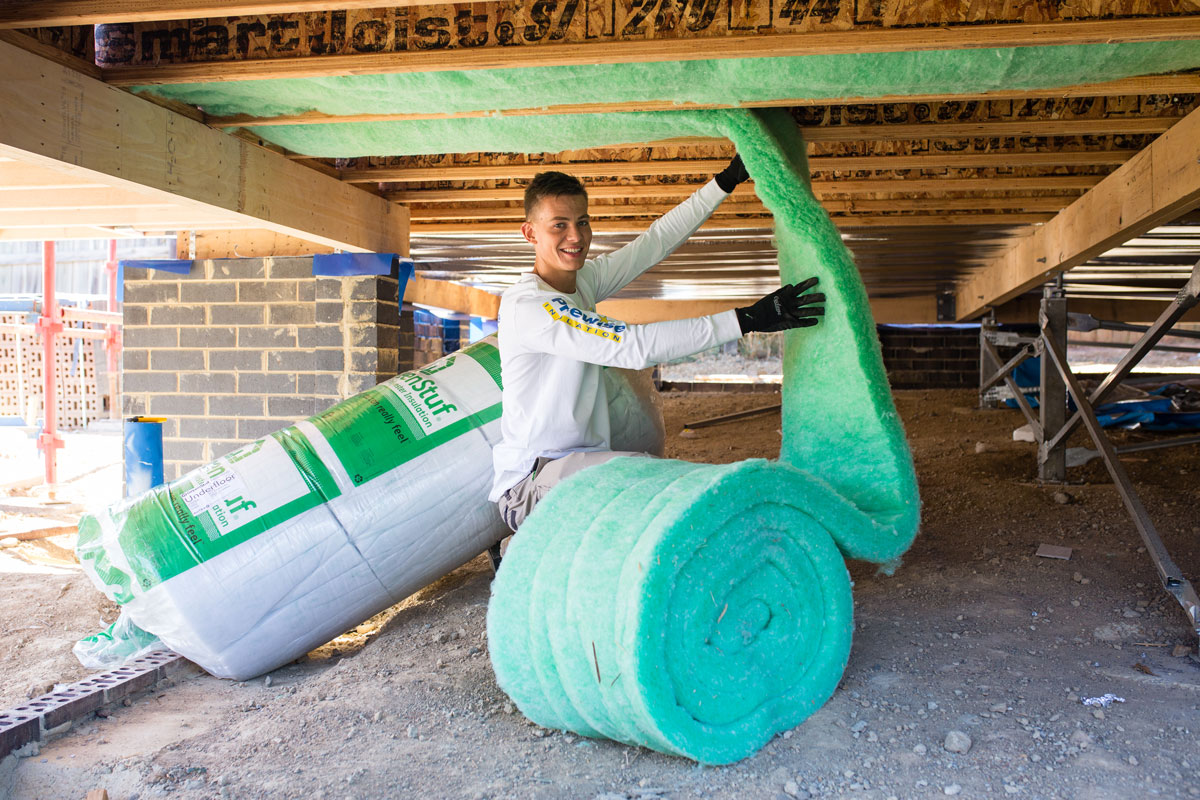
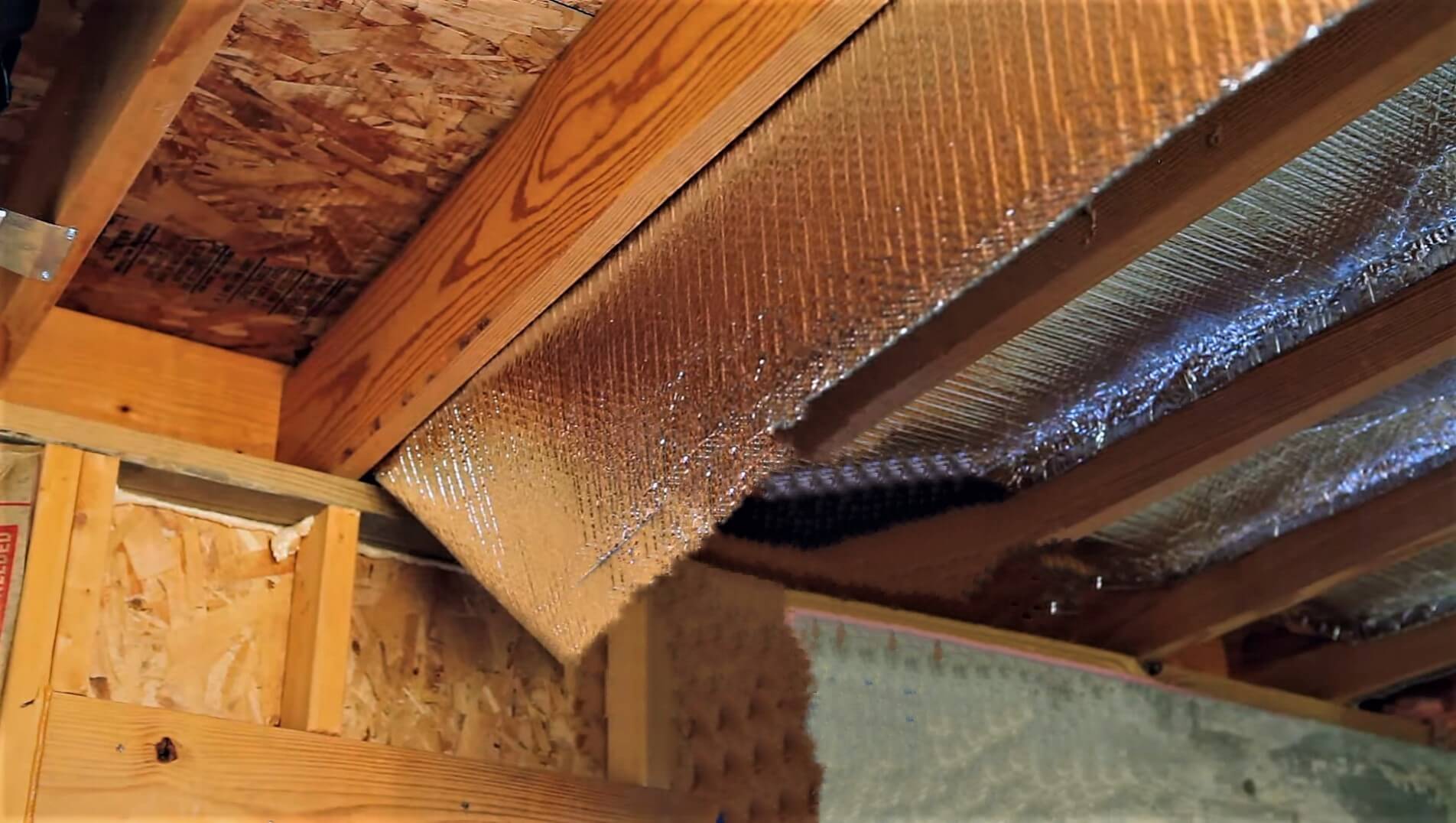
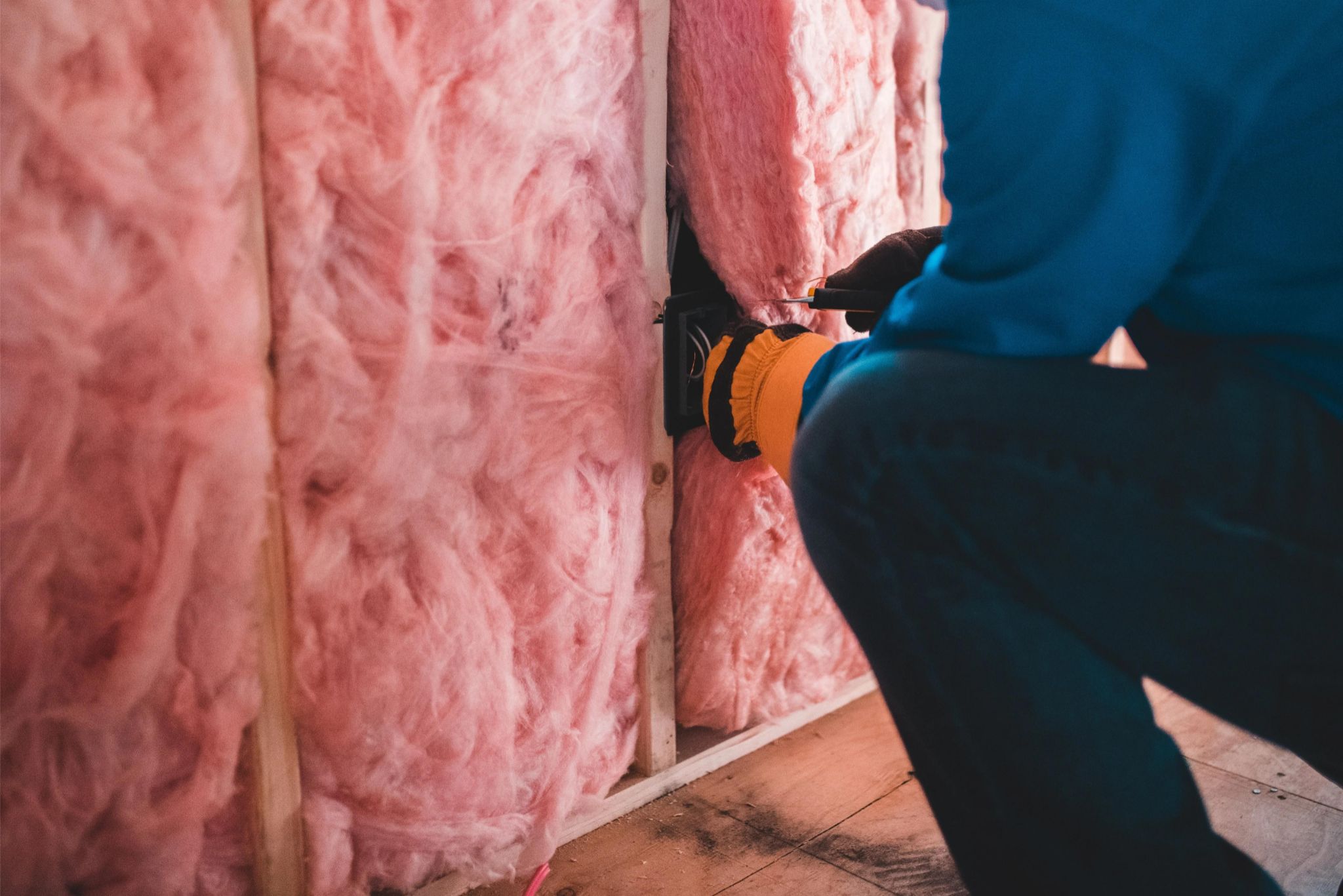
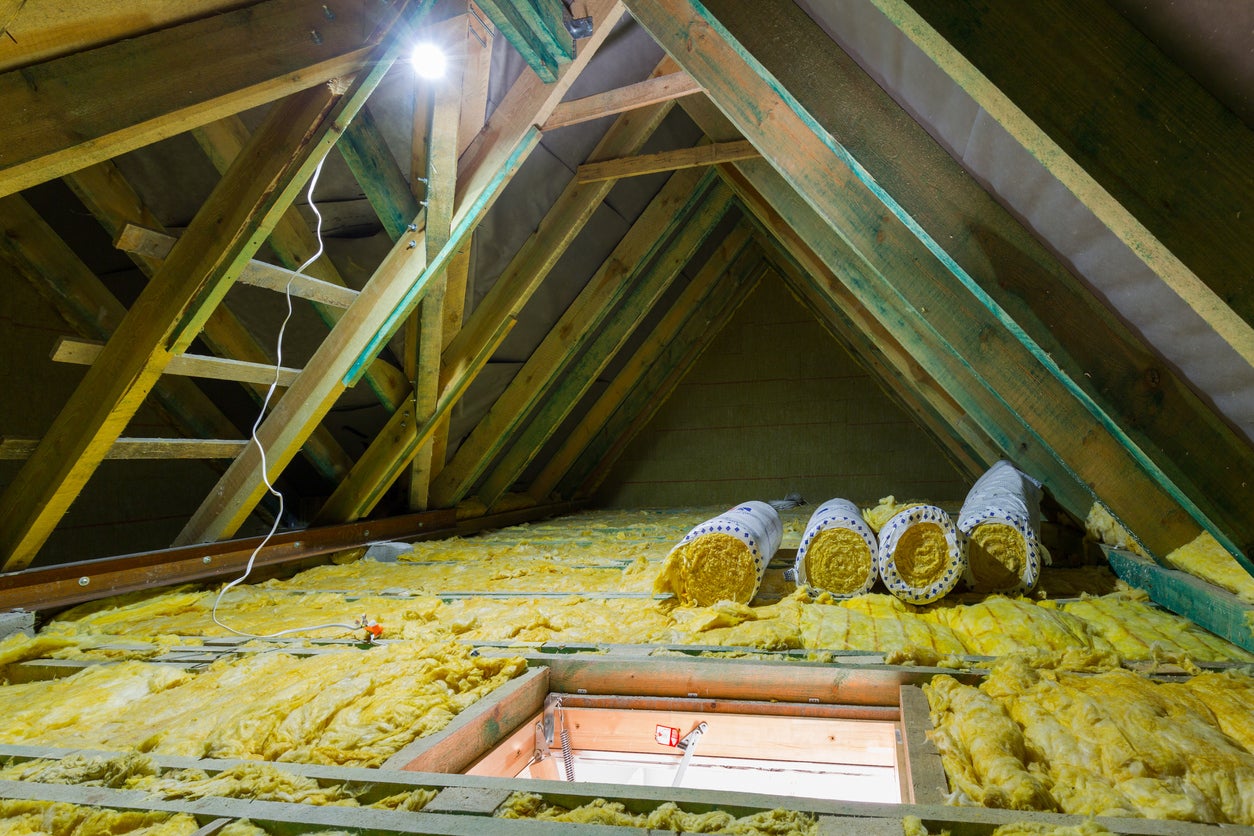
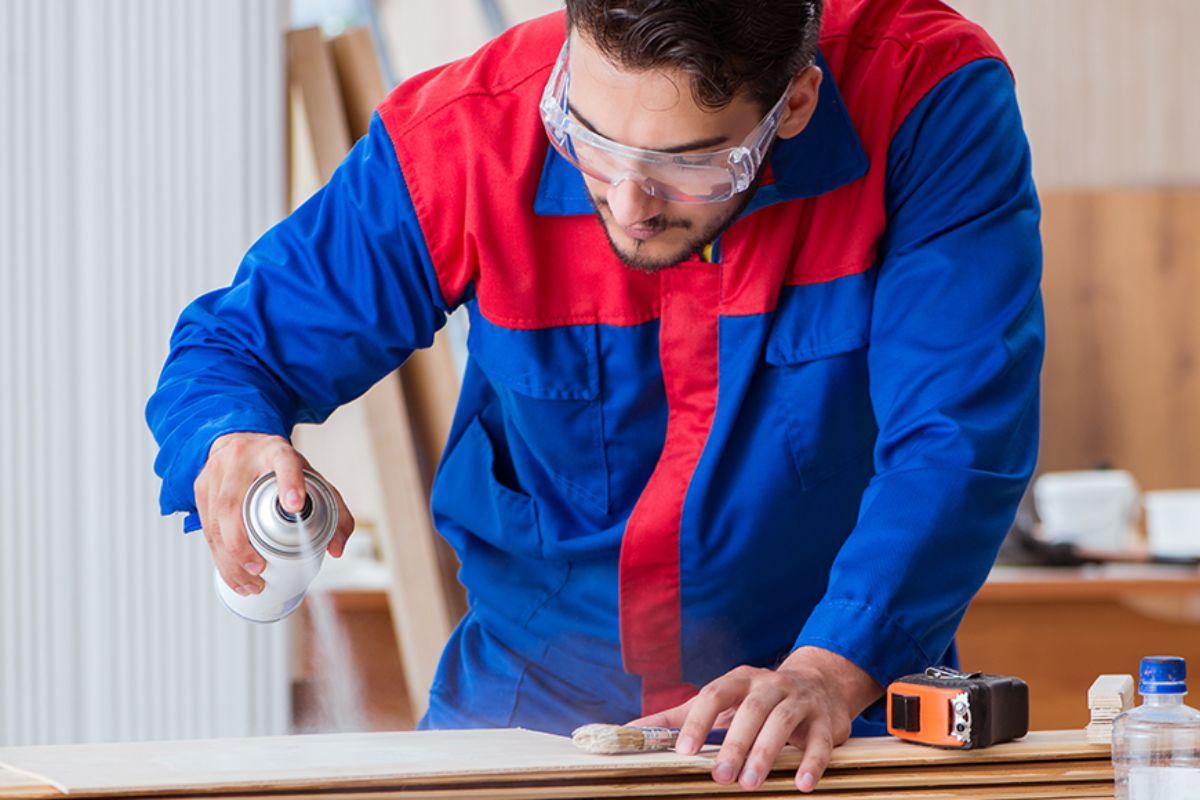
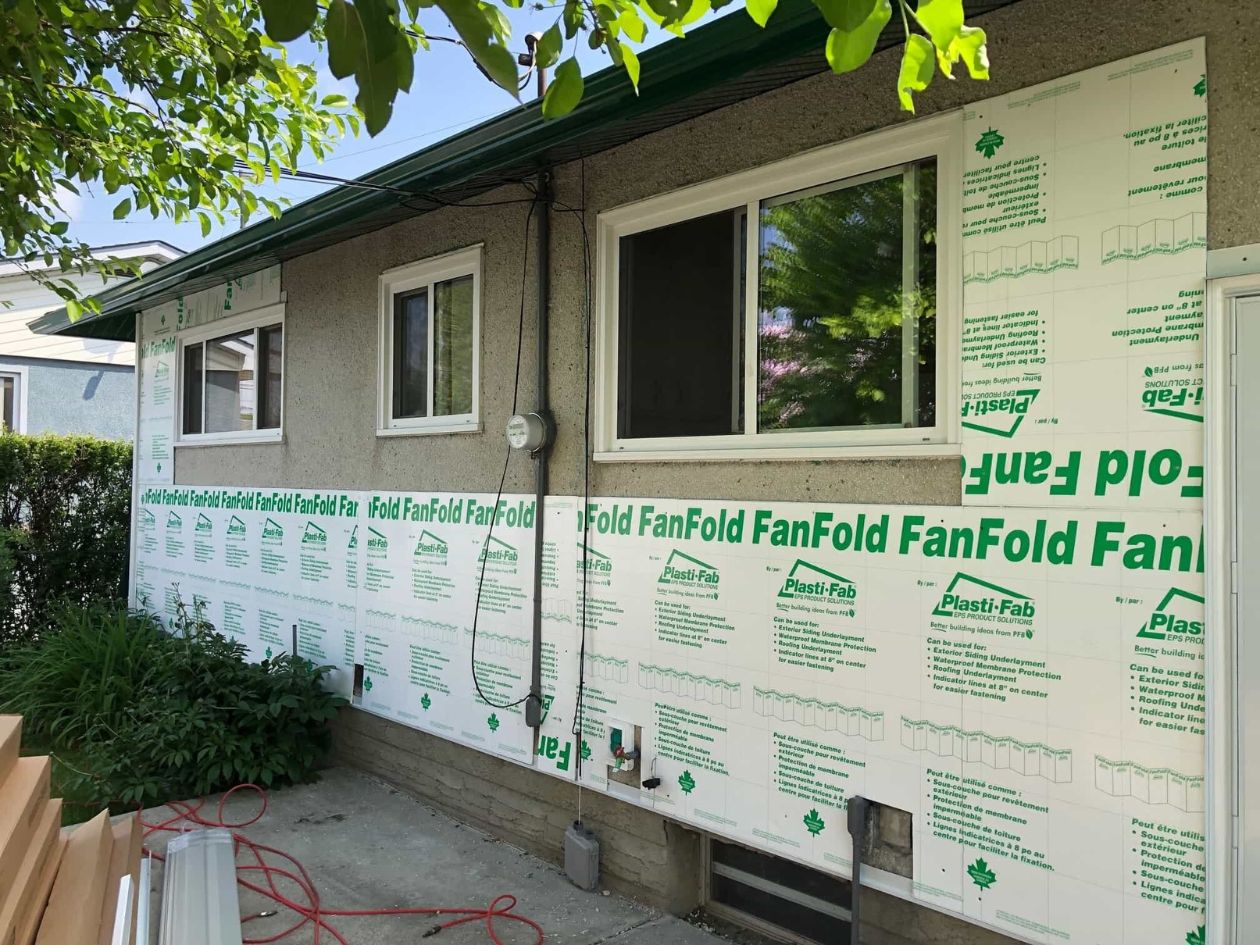
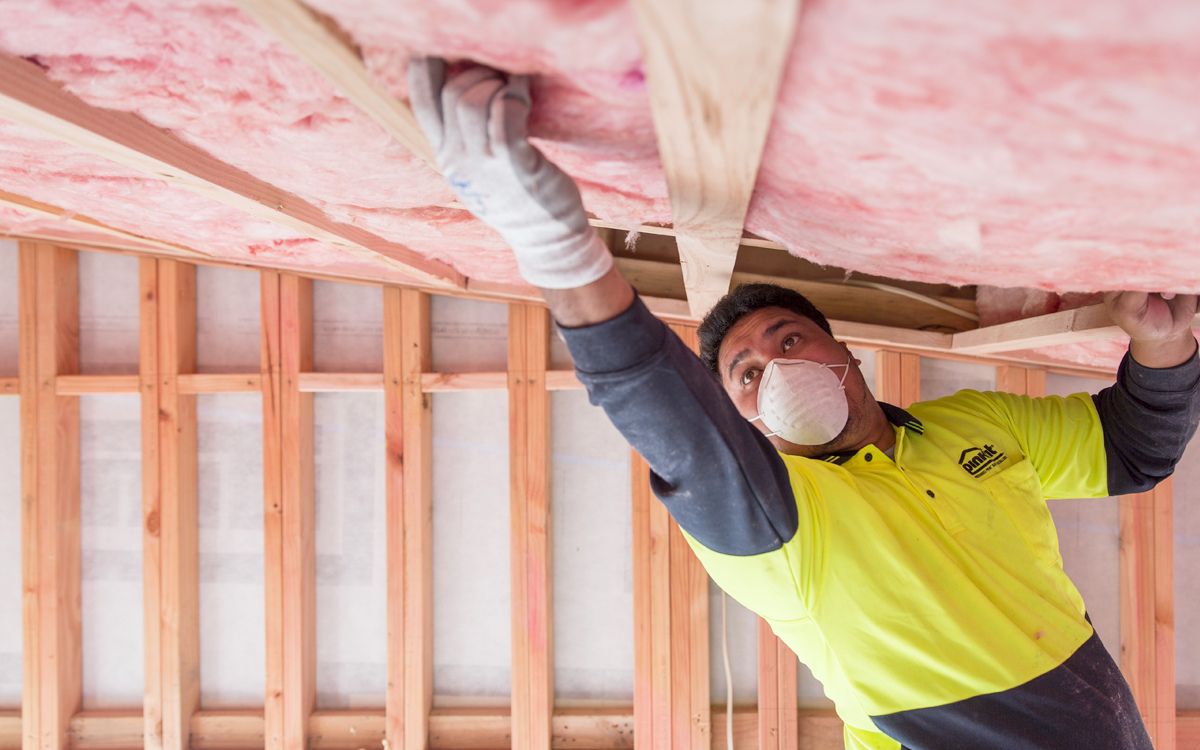
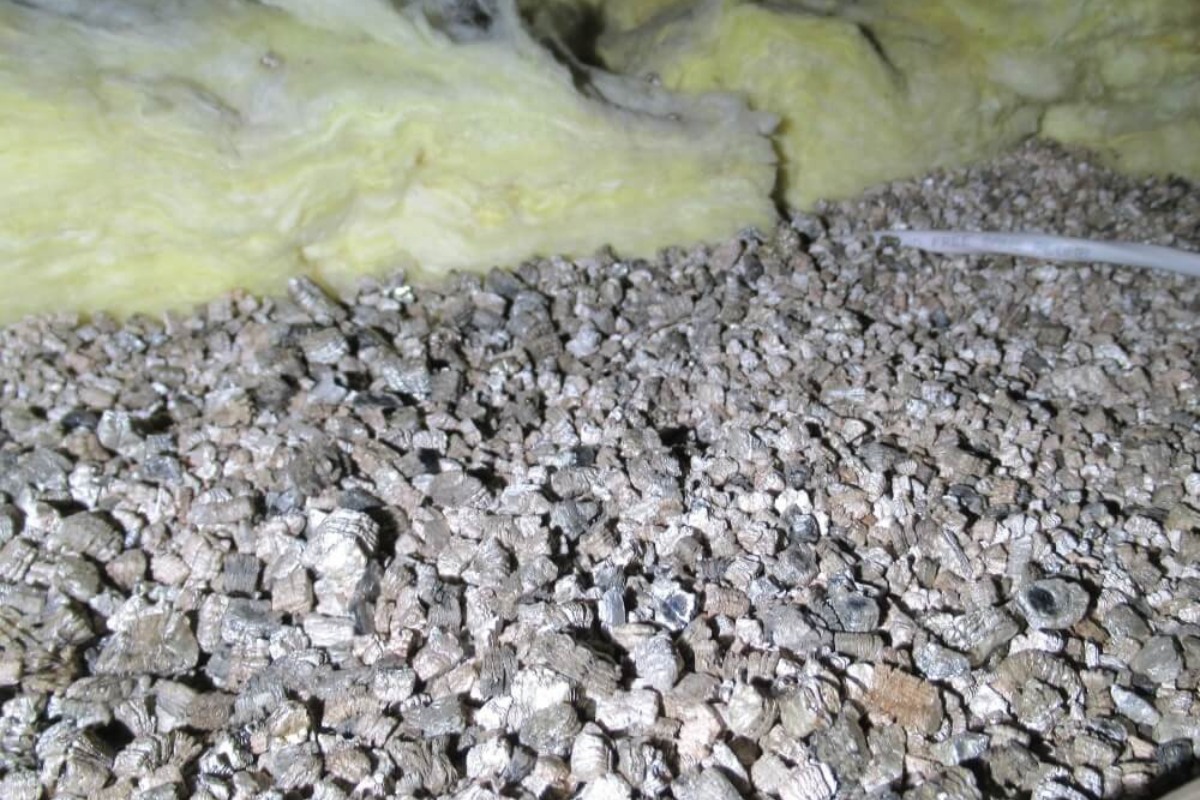

0 thoughts on “What Insulation To Use Under Mobile Home”